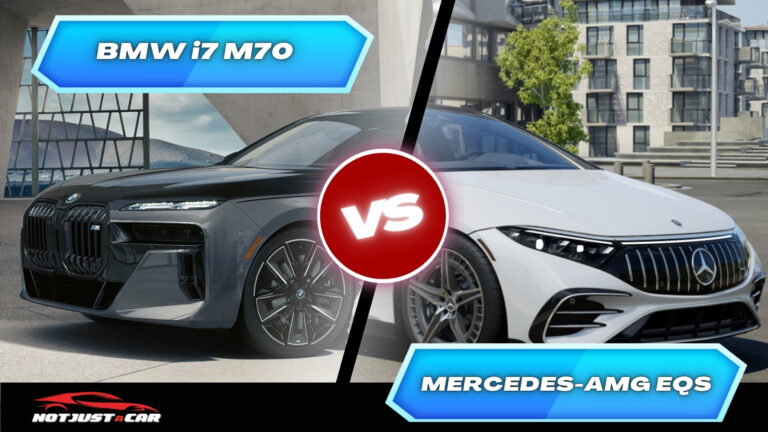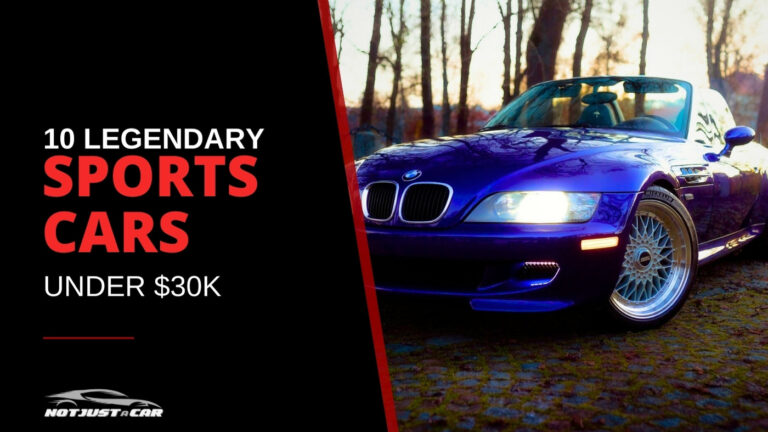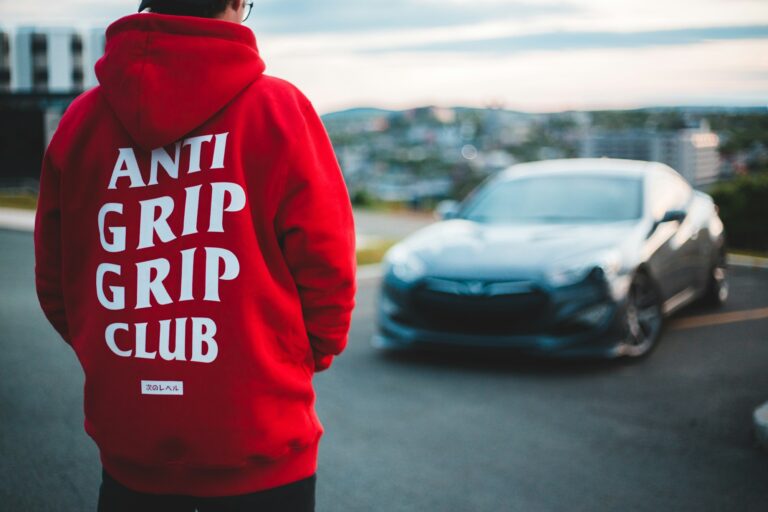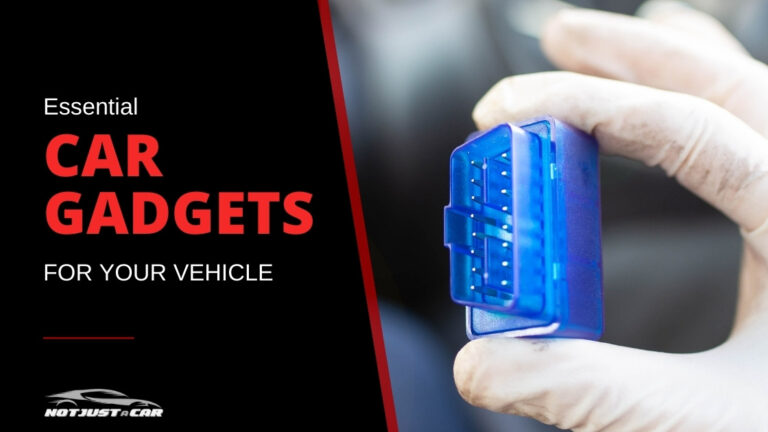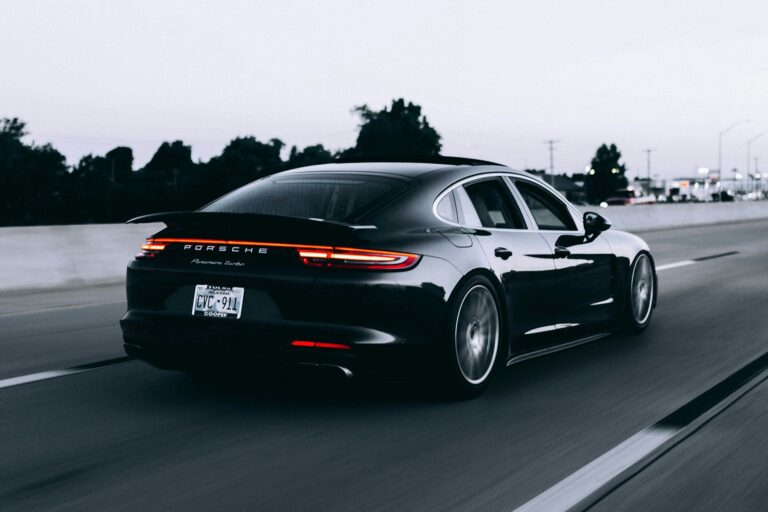9 Best Drift Cars for Beginners
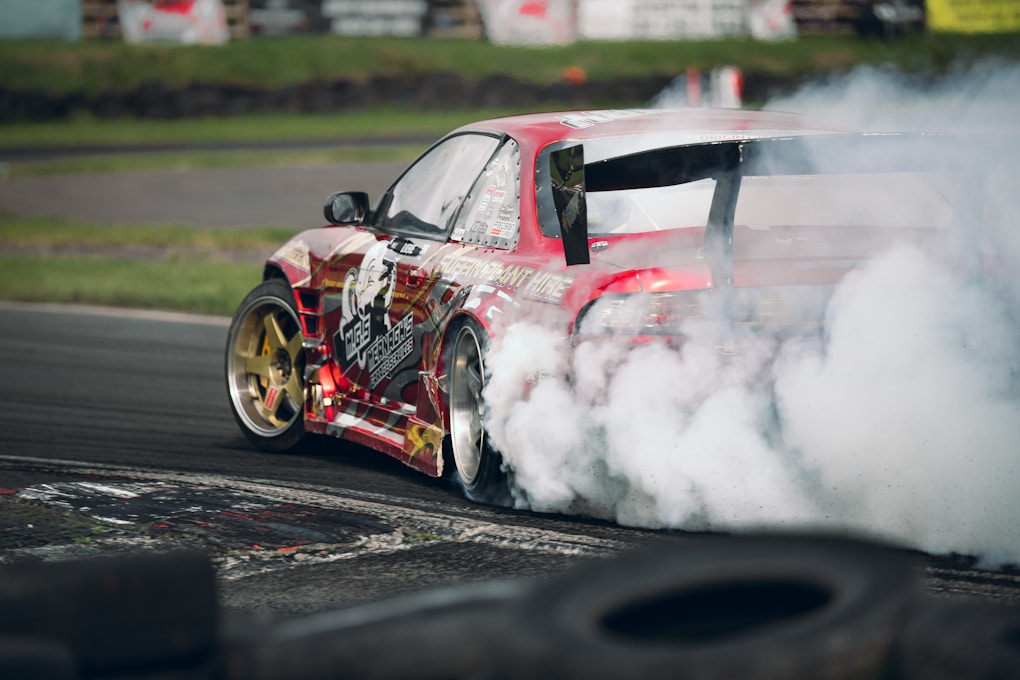
Affordable rear-wheel drive drift cars that won’t destroy your wallet.
Give me rear-wheel drive, a manual gearbox, and—most importantly—a car that won’t bankrupt me when things inevitably go sideways. Look, I’m not out there tandeming every weekend, but I understand what makes a car controllable when the back end steps out.
After researching the drift scene and understanding what separates the cars that teach good habits from the ones that’ll have you backwards in a ditch, here’s a solid roster of beginner-friendly machines.
Here’s my list of the top 9 best drift cars that’ll get you sliding safely, and yes, I’ve included some practical wisdom for anyone crazy enough to try this sport.
Quick Links
BMW E36
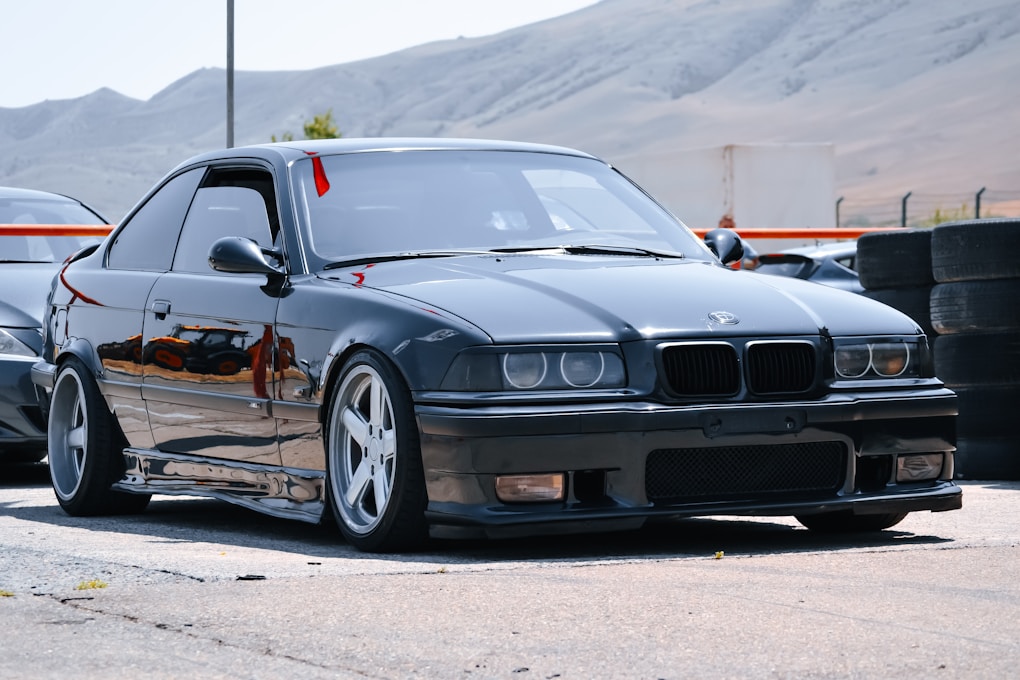
Of course, we start off with a Bimmer. Shocked right?
When your brain starts craving that perfect pendulum swing around turn three, an E36 is the gateway. Rear-wheel drive, naturally balanced, and cheap enough that you won’t cry when you replace the third set of rear tires this month. The straight-six engine delivers smooth power, and the chassis forgives rookie mistakes better than your driving instructor.
I don’t recommend going crazy with modifications right away though, because learning proper technique is inherently more important than horsepower, try to keep the heavy mods to a minimum until you’ve mastered the basics. But hey, a drift car is a playground anyway so you can indulge in some tasteful upgrades eventually.
I’ve spent plenty of time pushing my BMW through mountain passes and hitting those perfect apex moments, and honestly? The weight transfer principles are exactly the same—just pointed in different directions. So yeah, when in doubt, go for the E36, but in reality, most BMW models will do just fine.
Nissan 240SX/Silvia
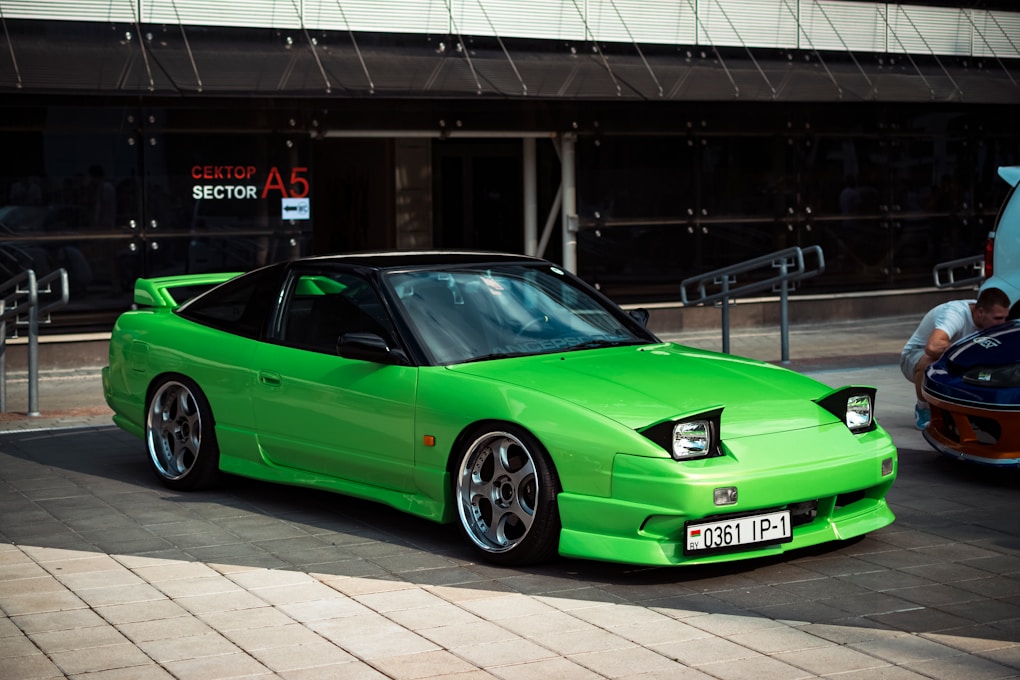
The one-handed steering MVP. They don’t come with electronic nannies, complicated AWD systems, or demands for premium fuel, and a decent S13 will teach you car control for a solid season of practice. Manual or… well, just get the manual while you can still find one.
The aftermarket support is massive, parts are everywhere, and every drift event has at least five of these sliding around. You’ll never be alone when something breaks.
Mazda Miata
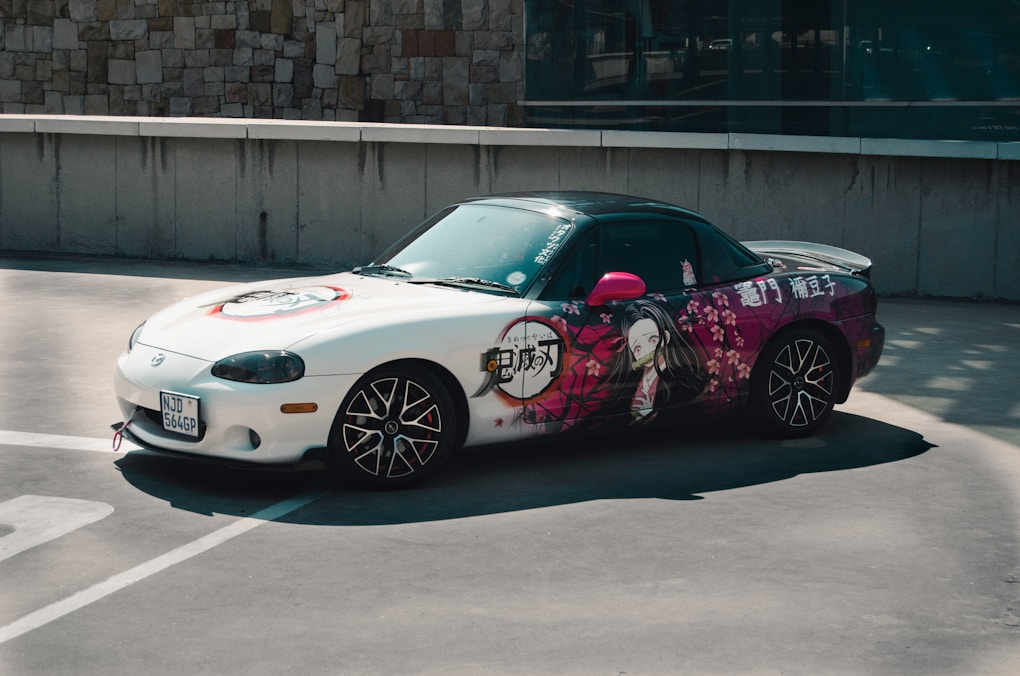
Lightweight, perfectly balanced, and cheap to maintain—but let’s be real here. Stock Miatas don’t have enough power or the right wheelbase proportions for proper drifting. Sure, they’ll teach you weight transfer and car control better than almost anything else, but you’ll be doing more grip driving than sliding.
If you’re dead set on a Miata for drift duty, you’re looking at turbo swaps, suspension work, and basically rebuilding the car. Great for learning fundamentals? Absolutely. Ready to drift out of the box? Not really.
Toyota AE86
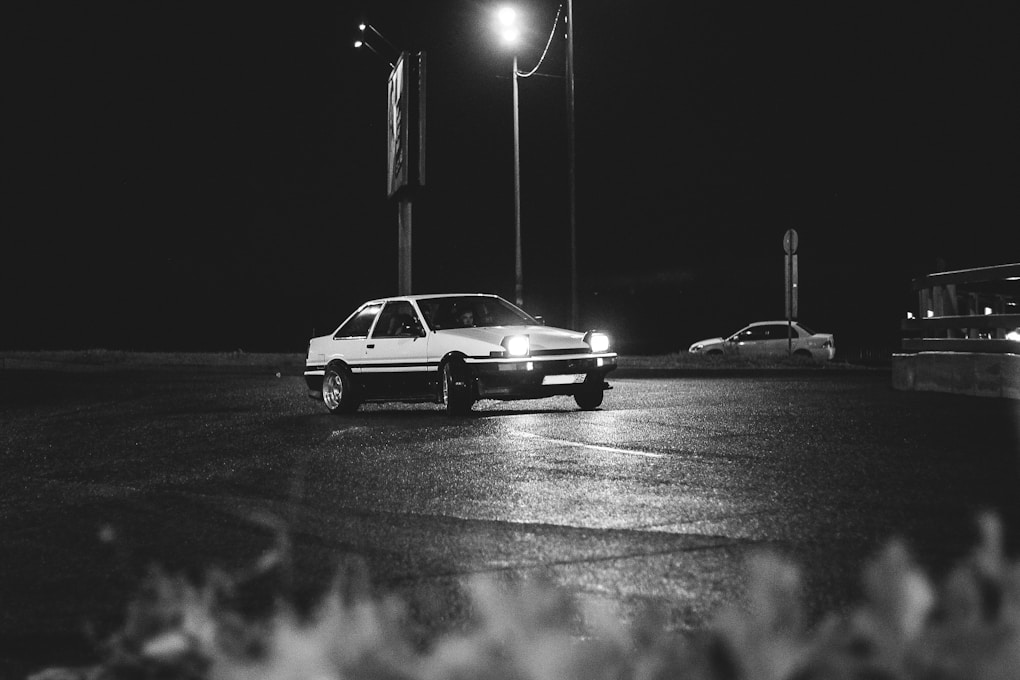
If a drift event smells like burning rubber and nostalgia, there’s probably an AE86 somewhere—along with someone asking way too much money for it. Thanks to a certain anime, these cars have gone from affordable learner machines to collector’s items. Light, tossable, and perfectly proportioned when you can find one, but unless you’ve got deep pockets or stumble across a barn find, you might want to look elsewhere.
The Hachi-Roku is still the gold standard for learning, but the price tag these days makes it more of a graduation gift than a starter car.
Nissan 350Z/370Z
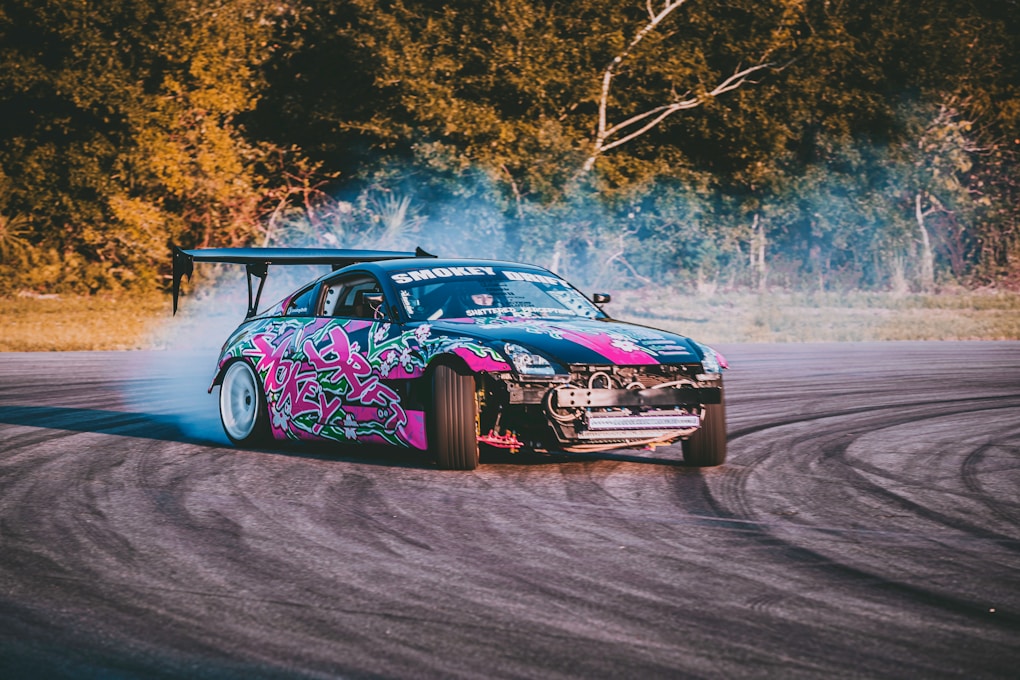
Here’s where modern drifting makes sense. The VQ engine is pretty bulletproof, parts are still reasonable, and you get all the reliability of a car that isn’t old enough to vote. The 350Z especially has hit that sweet spot where they’re affordable but not yet beaten to death. Plus, you get modern safety features and don’t have to worry about finding replacement parts from the Clinton administration.
The weight balance is excellent, and the aftermarket support means you can build exactly what you need without hunting down unicorn parts.
I mean it’s no wonder that DK used a 350Z in this epic scene of Fast and Furious: Tokyo Drift:
Infiniti G35
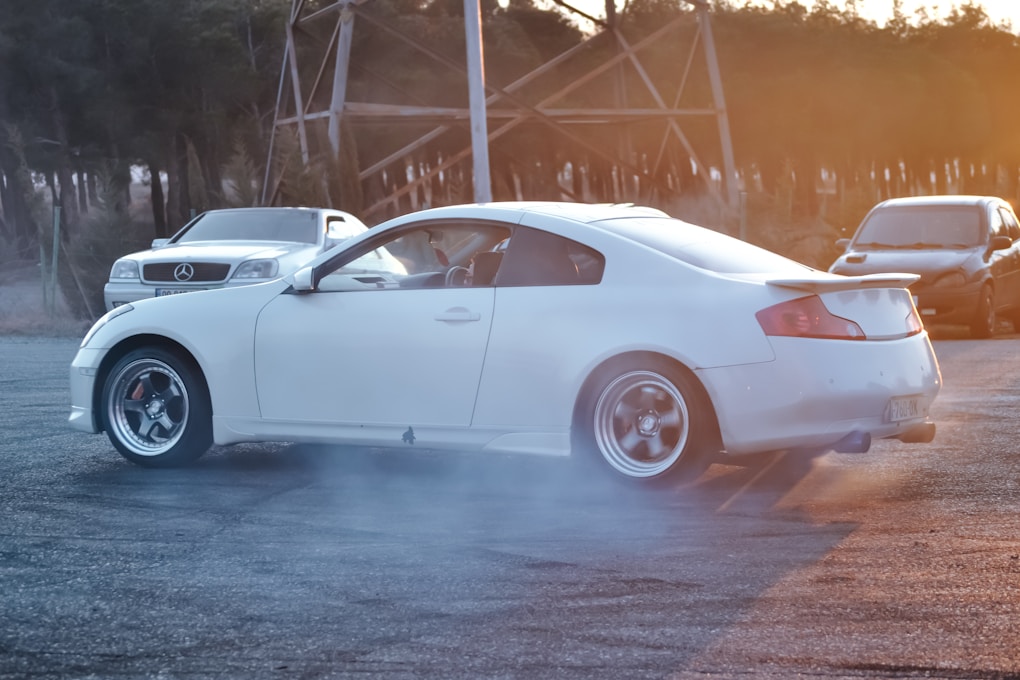
Same VQ35 engine as the 350Z, same rear-wheel-drive goodness, but wrapped in a sedan that looks like your accountant’s daily driver. The G35 coupe especially makes a fantastic drift platform—it’s essentially a 350Z with back seats and often costs less because it doesn’t have the “sports car tax” attached.
Toyota GR86/Subaru BRZ
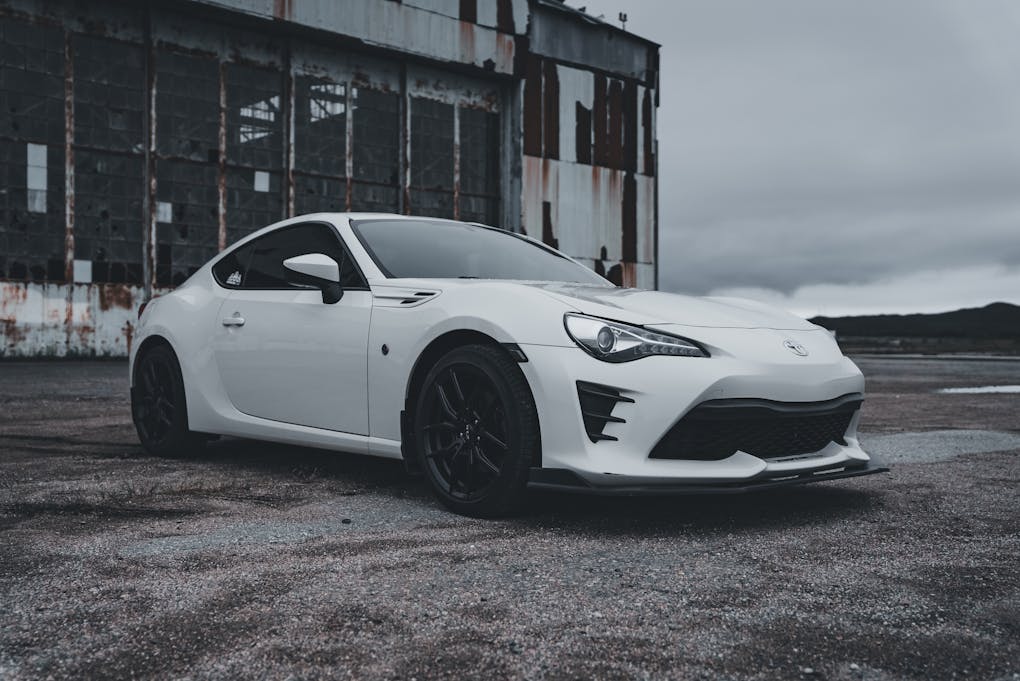
Here’s where things get interesting—and expensive. The modern GR86 and BRZ are absolutely brilliant drift machines. Perfect balance, just enough power to get sideways without being overwhelming, and modern safety tech to keep you alive when things go wrong. They’re honestly some of the most beginner-friendly drift cars ever made.
The problem? They’re also relatively new and still in production, which means high purchase prices and even higher repair costs when you inevitably make contact with something solid. If you’ve got the budget and can handle the anxiety of potentially wadding up a $30k+ car, they’re incredible (bonus points if you go for the YUZU Edition, you’ll get all the cool points). Otherwise, maybe start with something that doesn’t require a second mortgage.
BMW M2
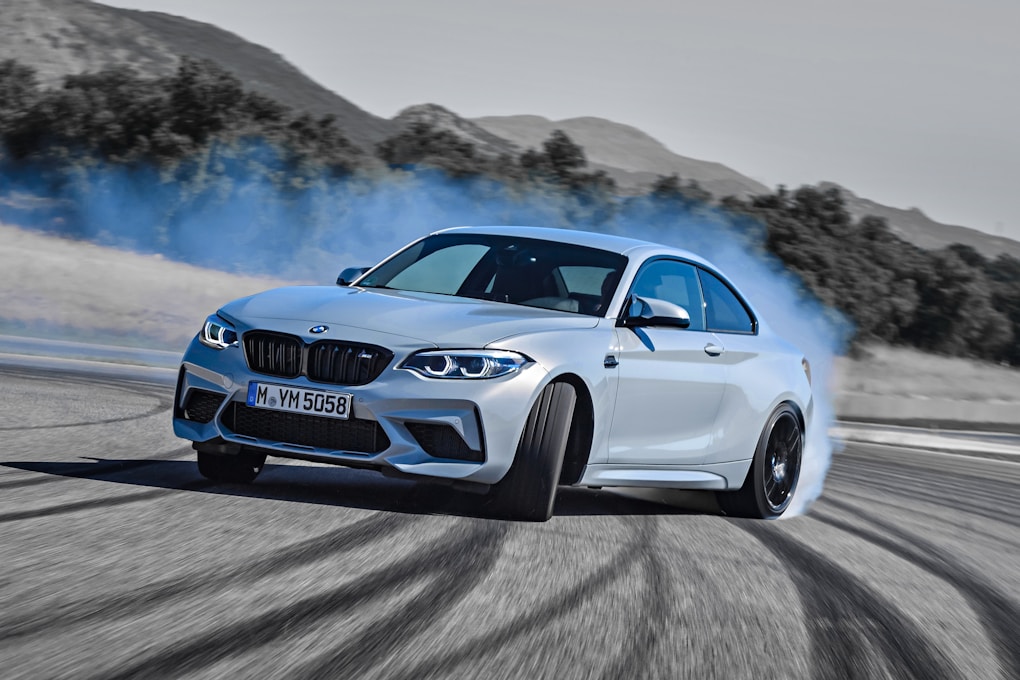
The M2 even has M Drift Analyzer built into some of these cars, which tells you everything about how seriously they take sideways fun. The M2 is genuinely one of the easiest cars to drift—perfect weight distribution, stellar electronics that can help or get out of the way, and enough power to keep things interesting.
But again, we’re talking about a car that costs more than most people’s annual salary, and replacement parts come with that premium German price tag. Amazing to learn in if you can afford to crash it, terrifying if you can’t.
Ford Mustang GT
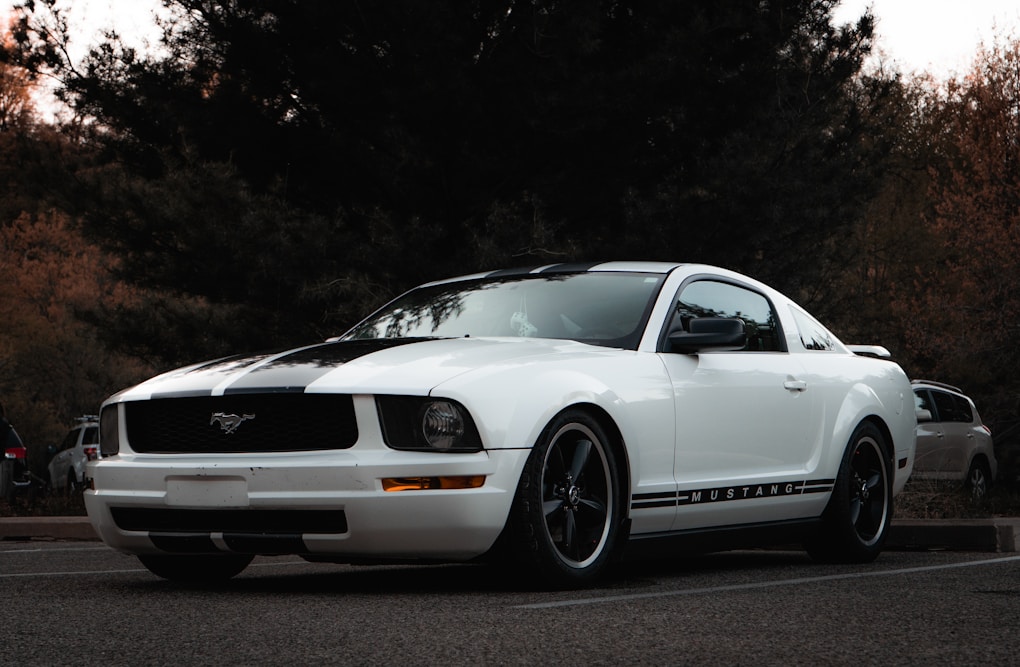
Messy? Sometimes. Worth every tire bill? Without question. Solid rear axle, V8 torque, and enough weight to teach you respect for physics wrapped in affordable American iron. Sure, the live axle takes some getting used to, but it’s still a fantastic learning platform (but please try and stay away from the crowds and go for an empty parking space when practicing).
I know this is questionable but: Facebook Marketplace, Craigslist, or any other classifieds site where you can find a project car that needs some love. Especially if it’s been sitting for years and the owner just wants it gone. When you’re starting in drifting, you want something affordable and fixable, not a pristine museum piece.
But that doesn’t mean you should leave your common sense at home, you still need to inspect it, and make sure it has the right papers etc.
Lexus IS200/IS300
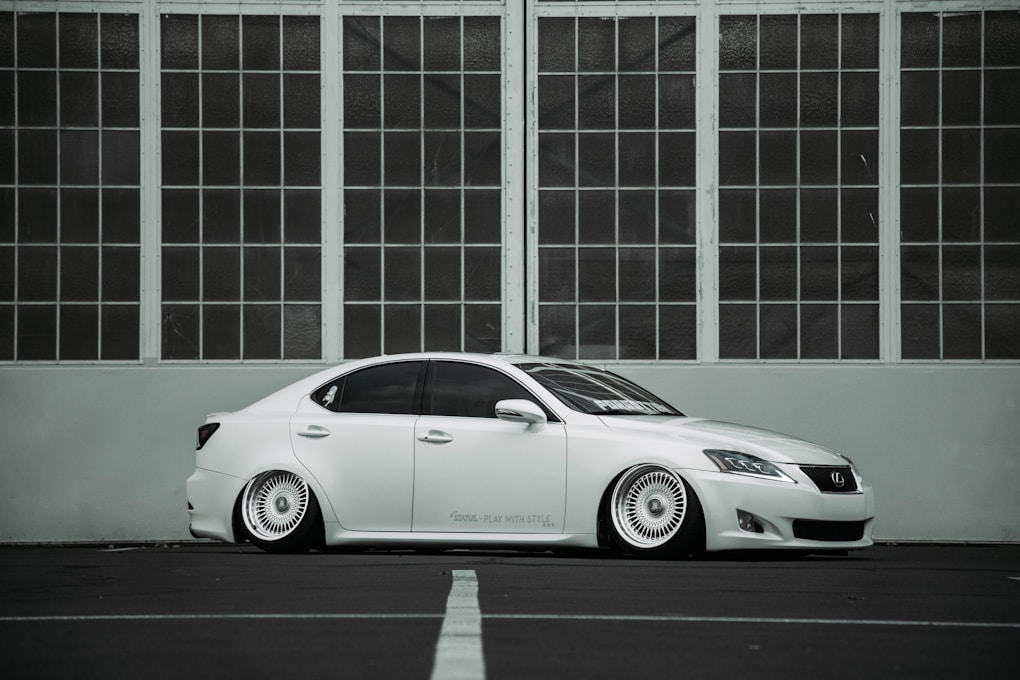
Here’s a car that flies under the radar but shouldn’t. The IS300 comes with the legendary 2JZ-GE inline-six (same engine family as the Supra, just naturally aspirated), while the IS200 has a solid 1G-FE. Both are rear-wheel drive, well-balanced, and built with that Toyota reliability that means you’re more likely to run out of tire budget than face mechanical failures.
The IS platform is compact enough to be nimble but has the right proportions for controllable slides. Plus, they look completely stock and innocent—perfect for the sleeper approach. Parts are reasonable, the aftermarket support is decent, and you get luxury car comfort between sessions.
Other Drift-Worthy Mentions
Looking to expand your sideways arsenal? Here’s a quick list of track-tested alternatives:
- BMW E46 330i (the E36’s more refined cousin)
- Mazda RX-7 (rotary life, for the brave)
- Pontiac GTO (LS power in a reasonably priced package)
- BMW Z3/Z4 (convertible sliding, because why not?)
- Chevy Camaro (American alternative to the Mustang)
- Volvo 240 (brick-shaped but surprisingly capable)
- Any rear-wheel drive pickup truck (because drifting should be fun, not serious)
Some Tips For Your Drifting Track Day
Hydration and Helmet Safety
Boring but crucial. One quality helmet in the passenger seat and proper hydration keep headaches—and questionable track-day decisions—at bay. Ignore safety gear and the track will punish you for it. Try and get helmets that fit properly in your cage setup (if you have one), but sometimes you gotta make sure you’re protected no matter what car you’re in.
Coffee (Track Day Fuel)
The non-negotiable. Whether it’s thermos brew or dubiously strong paddock espresso, caffeine can help you keep your reaction times sharp when threading the needle between cones.
I don’t really do energy drinks, I prefer a solid Americano—but if there’s no coffee cart around, then yeah, I’ll grab the fizzy alternative.
Track Day Toolkit
If you’re going to a drift event, chances are something’s going to break, bend, or need adjustment, so it’s probably smart to bring basic tools (I know it’s common sense but some might skip this). When in doubt, just throw a socket set, some zip ties, and duct tape in a toolbox, toss it in the trunk, and head to the track with confidence that you can fix minor issues between sessions.
Notice the tire pressure gauge and infrared thermometer—essential for getting your setup dialed in.
Happy sliding, and may your tire budget last longer than your learning curve.

